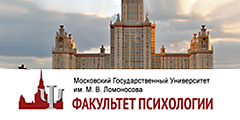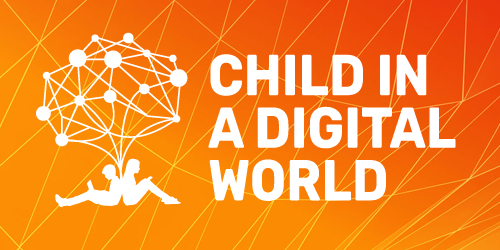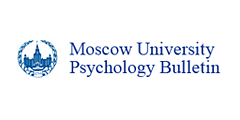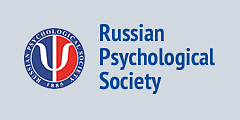COVID-19: psychological challenges
-
Coping Responses during the COVID-19 Pandemic: A Cross-Cultural Comparison of Russia, Kyrgyzstan, and PeruPDF HTML7800“ CITE
Voronin, I.A., Manrique-Millones, D., Vasin, G.M., Millones-Rivalles, R.B., Manrique-Pino, O., Fernández-Ríos, N., Marakshina, Yu.A., Lobaskova, M.M., Symanyuk, E.E., Pecherkina, A.A., Ageeva, I.A., Lysenkova, I.A., Ismatullina, V.I., Sitnikova, M.A., Malykh, S.B. (2020). Coping Responses during the COVID-19 Pandemic: A Cross-Cultural Comparison of Russia, Kyrgyzstan, and Peru. Psychology in Russia: State of the Art, 13(4), 55-74.
copied
-
Mental Health and the COVID-19 Pandemic: Hardiness and Meaningfulness Reduce Negative Effects on Psychological Well-Being
-
The Psychological Impact of Six Weeks of Lockdown as a Consequence of COVID-19 and the Importance of Social Support: A Cross-Cultural Study Comparing Spanish and Russian PopulationsPDF HTML5973“ CITE
Ausín, B., Castellanos, M.A., González-Sanguino, C., Vakhantseva, O.V., Almazova, O.V., Shaigerova, L.A., Dolgikh, A.G., Muñoz, M. (2020). The Psychological Impact of Six Weeks of Lockdown as a Consequence of COVID-19 and the Importance of Social Support: A Cross-Cultural Study Comparing Spanish and Russian Populations. Psychology in Russia: State of the Art, 13(4), 89-105.
copied
-
Work Alienation During COVID-19: Main Factors and Conditions (An Ex-ample of University Professors)
-
The COVID-19 Experience: Features of Culture and Belonging in the Context of Peoples Native to a Country and Migrants
-
Сognitive Emotion Regulation, Anxiety, and Depression in Patients Hospitalized with COVID-19
-
Psychological and Ethnocultural Sensitivities in the Perception of COVID-19 Memes by Young People in Russia and ChinaPDF HTML7423“ CITE
Smirnova, O.V., Denissova, G.V., Svitich, L.G., Lin, C., Steblovskaia, S.B., Antipova, A.S. (2020). Psychological and Ethnocultural Sensitivities in the Perception of COVID-19 Memes by Young People in Russia and China. Psychology in Russia: State of the Art, 13(4), 148–167.
copied
-
Conscious Self-Regulation and Self-organization of Life during the COVID-19 Pandemic
-
COVID-19: Belief in Conspiracy Theories and the Need for Quarantine
-
Effectiveness of Online Education for the Professional Training of Journalists: Students’ Distance Learning During the COVID-19 Pandemic)
-
Constructive Optimism, Defensive Optimism, and Gender as Predictors of Autonomous Motivation to Follow Stay-at-Home Recommendations during the COVID-19 PandemicPDF HTML10407“ CITE
Gordeeva, T.O., Sychev, O.A., Semenov, Yu.I. (2020). COVID-19: Constructive Optimism, Defensive Optimism, and Gender as Predictors of Autonomous Motivation to Follow Stay-at-Home Recommendations during the COVID-19 Pandemic. Psychology in Russia: State of the Art, 13(4), 38-54.
copied









